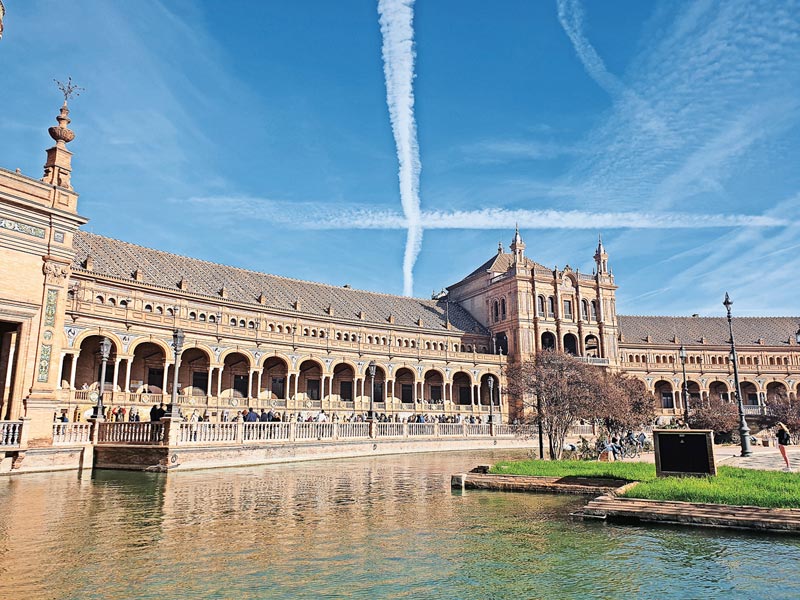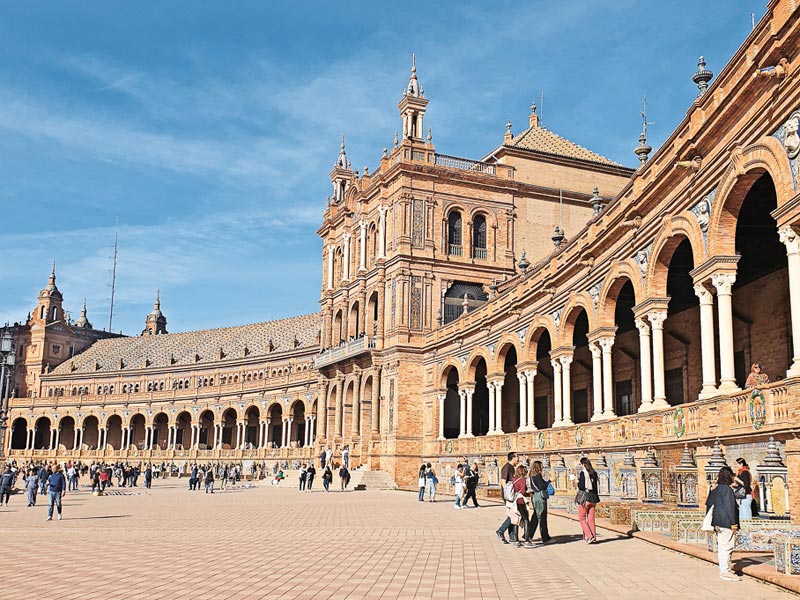












Travelling to the Andalusican capital of Seville in Spain, Features Editor Tina Edward Gunawardhana
explores an ancient city where Moorish and Christian inspirations combine to create an influence on the
city's architecture while also fitting in a day trip to Cordoba to check out the Mezquita.
Words and photographs: Tina Edward Gunawardhana
Duende is a Spanish word which loosely translates as 'spirit'. It refers to a physical or emotional reaction triggered by art.
Thanks to the 20th-century Andalusian poet and playwright Federico García Lorca, the concept is traditionally
associated with flamenco, and each year visitors are drawn to Seville in the hope of discovering duende for themselves.
Lorca was not wrong. When you look at the abundance of Mudéjar architecture from Moorish times, a style recognised as the meeting point of Spanish and Islamic aesthetics, coupled with the beauty of the church interiors and the general vistas you are engulfed by duende. Seville is a destination for romantics and those with an inclination to history and culture.
I decided to travel to Seville at the end of November and was pleasantly surprised at the warm temperatures. I was able to retire my heavy winter jacket and use a light jacket instead.
The public transport in Seville is excellent and the first tip I’d give is to either walk or use public transport. It is cheap, reliable, frequent and clearly signposted. Given that all the landmarks I wanted to see were within walking distance of each other, I plotted the places on a map given by my hotel and off I went.